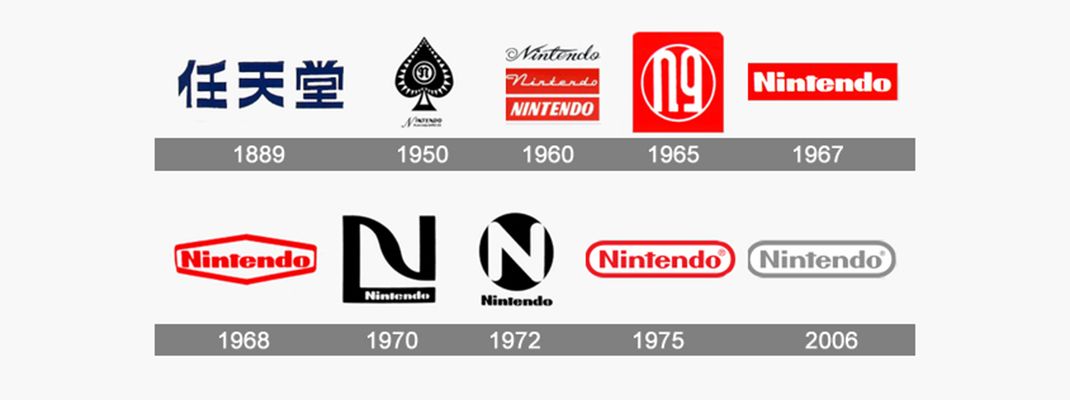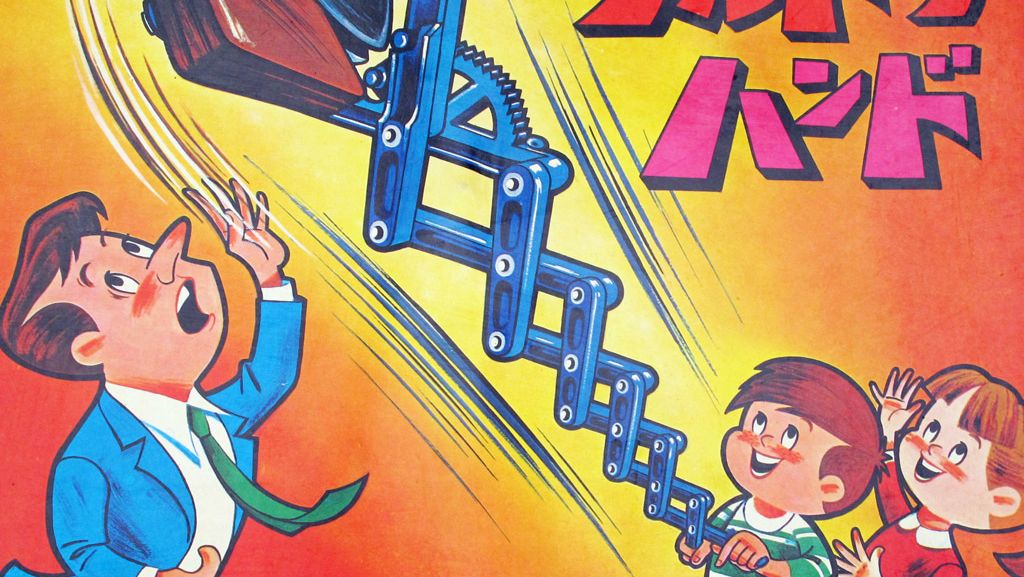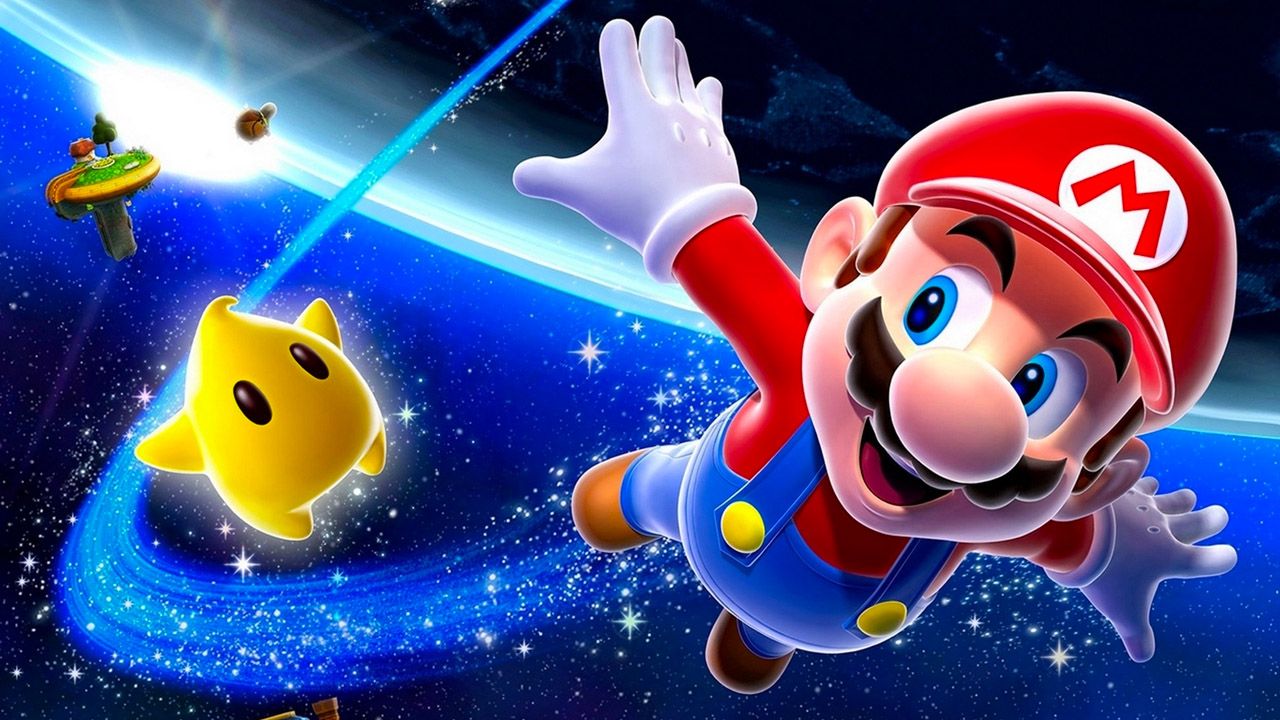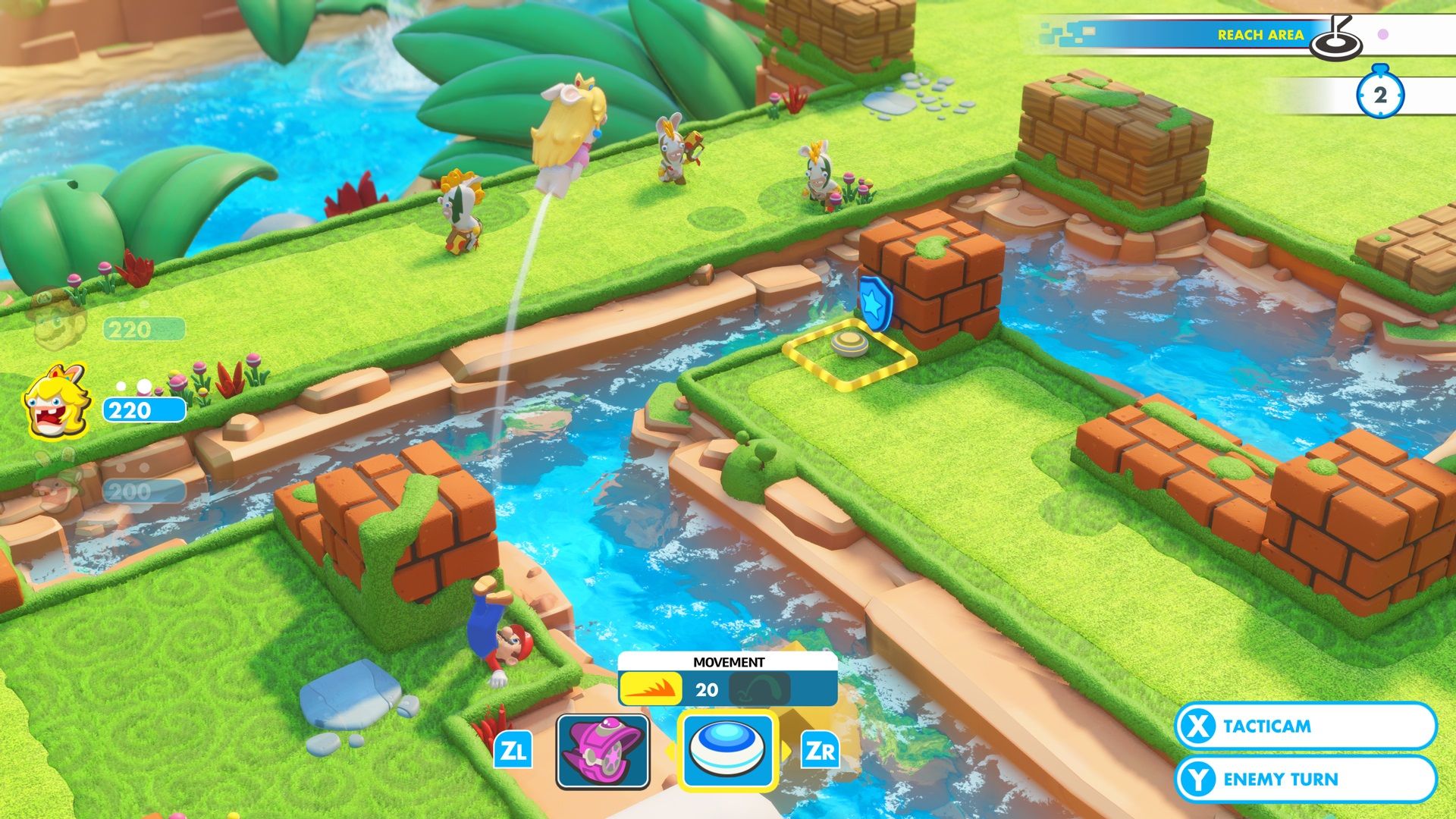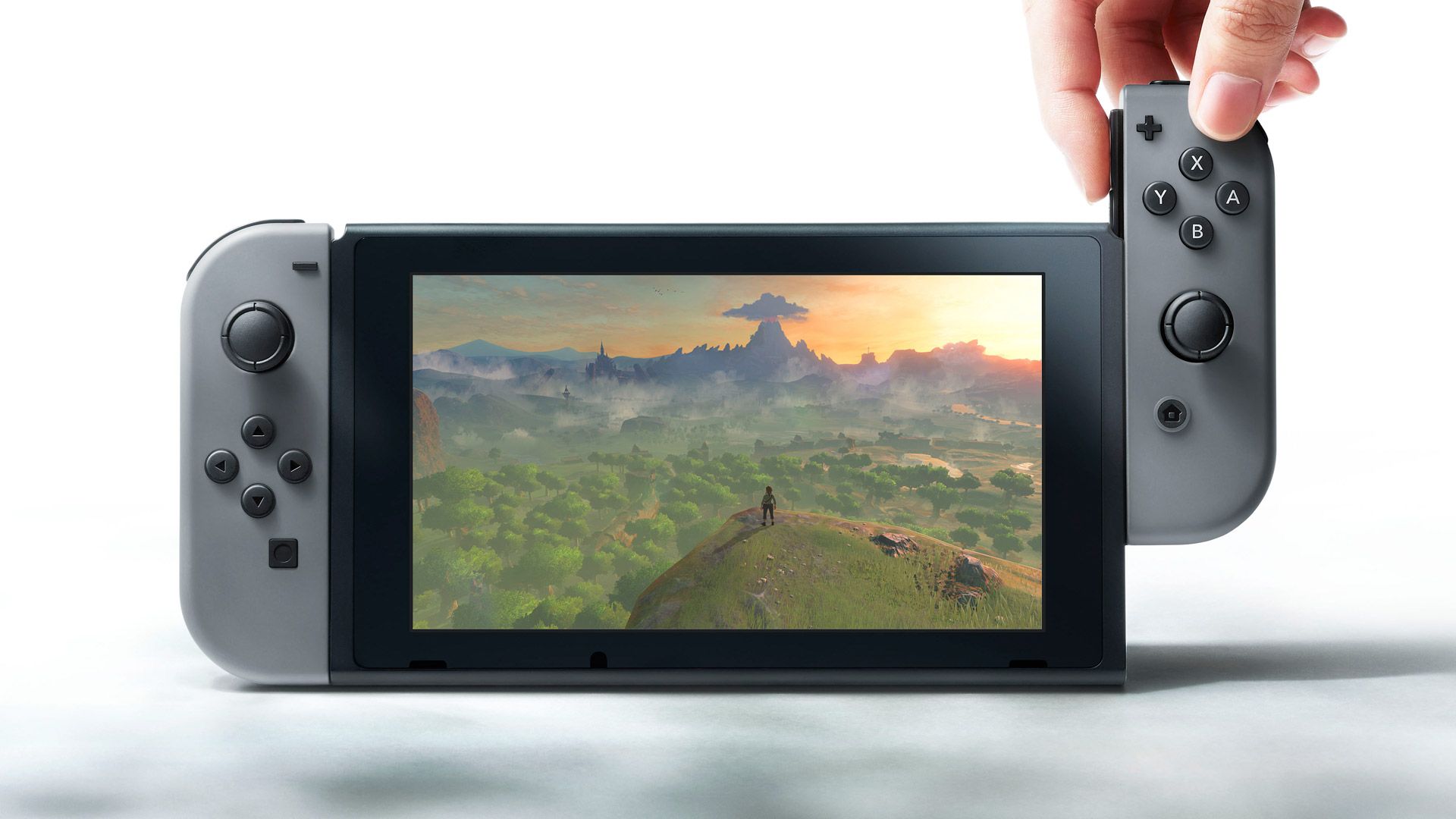Nintendo is a massive and endlessly complex game developer and publisher. Back in 2015, before the world even knew the Switch was a thing and the Wii U was setting in as a disappointment, Nintendo underwent a major restructuring of their entire company. Tatsumi Kimishima was the President of Nintendo from 2015 until July 2018 (he’s being succeeded by Shuntaro Furukawa this summer) and during this time he not only oversaw the design and development of the Nintendo Switch, which began under the late Satoru Iwata, but orchestrated Nintendo’s massive restructuring efforts.
Way back in the early 1970s, Nintendo created Nintendo Research and Development, which originally focused on physical toy R&D (the spirit of which lives on to this day with Nintendo Labo) but they began looking into video game development early on in the next decade. Their first massive hit, Donkey Kong, jettisoned the success of the company as a video game developer. The arcade title was Directed by Shigeru Miyamoto, who would go on to be considered one of the greatest game makers in history. Nintendo R&D continued making arcade games all while assisting on the development of the Famicom/Nintendo Entertainment System which was released in 1983. Nintendo R&D made software that would go down in history, specifically games in the Metroid series. Nintendo created Nintendo R&D2 in 1972, which developed various games, specifically the Super Mario Advanced series in the early 2000s. Nintendo R&D3 was meant to focus more on hardware development, and was eventually changed into Nintendo Integrated Research and Development. Nintendo R&D 4 was created in the early 1980s and was designed to grow around Miyamoto and foster his creativity – they became known for developing early games in now revered series like The Legend of Zelda, Super Mario Bros., F-Zero, Star Fox and more. It was renamed Nintendo Entertainment Analysis and Development (EAD) in 1989, just before the Super Famicom/Super Nintendo Entertainment System was released.
Beginning in the early 2000s until 2015, the majority of Nintendo’s development teams were restructured and subsequently housed under the EAD umbrella, fractured into eight distinct software development groups. These groups predictably worked on specific franchises, split between five teams in Kyoto, two in Tokyo and the Technology Development Department that made things like software development kits, the Wii Fit Balance Board and Wii Motion Plus. In Kyoto, Software Development Group No. 1 made Mario Kart and Nintendog games, No. 2 focused on the “Wii” series of games like Wii Sports and Wii Play and Wii Music along with the Animal Crossing series, No. 3 was the Zelda team, No. 4 had Pikmin and New Super Mario Bros. and No. 5 was responsible for Wii Fit and the Steel Diver series. The Tokyo offices also had a Software Development Group No. 1 which made Super Mario Galaxy and the 3DS Zelda remakes, and No. 2 which worked on Super Mario 3D games and the NES Remix series.
In addition to Nintendo EAD, there was the Nintendo Software Planning and Development (SPD) division, which both developed games and system software following the dissolution of the Nintendo Research and Development groups in 2003. Nintendo SPD had four production groups: Production Group No. 1 focused largely on WarioWare games, No. 2 made puzzle and brain development games like Tetris DS and Brain Age 2 and assisted on development on games in the Pokémon, Fire Emblem and Xenoblade series’. No. 3 oversaw the development of Metroid Prime, Battalion Wars, Paper Mario, Donkey Kong Country and more. No. 4 worked on Mario Party, Donkey Kong and Wii Party games. Then Nintendo’s SPD division also had a Software Development and Design Department, which made Brain Age games along with User Interface development, meaning they helped develop the UI for handhelds and consoles.
Even with all of these groups, Nintendo had more developers in their ranks located elsewhere – these have remained largely intact in the same forms following the recent restructuring in 2015. There’s 1-UP, which has worked on the Mother series as well as assisted in development on major Mario titles. Monolith Soft famously develops the Xenoblade and Xenosaga games. Nd Cube mostly makes party games, specifically Mario Party games. Retro Studios developed the Metroid Prime trilogy of games as well as Donkey Kong Country Returns and Donkey Kong Country: Tropical Freeze (which has just been re-released for the Switch). HAL Laboratory has worked on Kirby and Super Smash Bros. games. GameFreak and Creatures have famously created the Pokémon games. Countless second- and third-party developers have also created games exclusively for Nintendo systems, like PlatinumGames making Bayonetta 2, Star Fox Zero and The Wonderful 101 for the Wii U, Bandai Namco leading development on Super Smash Bros. for 3DS and Wii U, and Ubisoft making Red Steel for the Wii, ZombiU for the Wii U and Mario + Rabbids Kingdom Battle for the Switch.
This all leads us to 2015, when Nintendo restructured their entire hardware and software development pipeline and merged it into three major departments: Entertainment Planning and Development (EPD), Platform Technology Development (PTD) and Nintendo Business Development (NBD). The EPD is a massive software division mostly located in their Kyoto offices and was the primary result of the merging of Nintendo EAD and SPD divisions. They’ve been responsible for the majority of the first-party content Nintendo has created since their inception, including games like Super Mario Odyssey, The Legend of Zelda: Breath of the Wild, Super Mario Run, Splatoon 2, Metroid: Samus Returns, Nintendo Labo and more. The teams within EPD are various and undisclosed, meaning there’s no telling exactly how many games they may be working on at this very moment. Of course, their teams are still separate in an operational sense, as there’s a team led by Eiji Aonuma that focuses on Zelda, a team with Yoshiaki Koizumi at the helm that recently produced Super Mario Odyssey and so on.
Nintendo PTD combined Nintendo Integrated Research and Development and Nintendo System Development to form a hardware production powerhouse that was responsible for designing the Switch and future Nintendo devices. Nintendo NBD is responsible for the business side of the company and have recently focused efforts into mobile games development. Nintendo also has international divisions, including the Nintendo of America headquarters in Redmond Washington, Nintendo of Europe headquarters in Frankfurt, Germany, Nintendo of Australia in Melbourne and more. These groups not only handle marketing and logistics for each country, they also have development teams that work alongside Nintendo’s Japanese development teams, though it’s unclear what they help with specifically.
What this all boils down to is this: Nintendo is massive. They’ve always had sprawling development teams, making them the largest software developer in video games for decades now and they continue to grow. Sometimes their development teams have been discrete and easily identifiable, but now they’ve brought everything together, and essentially all software development is handled under the EPD umbrella, though it is scattered across several countries. Their hardware and business divisions are naturally separate, but are still highly integrated with their software teams.
This restructuring largely came about because of two reasons: Nintendo suffered some heavy blows during the Wii U era and they recognized that half of their development teams were focused on console software development while the other half worked on handheld software development. With this merging came the physical blending of consoles and handhelds in the Switch. Naturally, now their handheld is their console and their console is their handheld, meaning the teams are now one and the same. They continue to support the 3DS and will do so through 2019 and perhaps even 2020, but the Switch is their future.
This restructuring was necessary to allow Nintendo to further streamline their development processes and it appears to have worked beautifully. We don’t know how long this structure will last, but it’s off to a strong start allows for extreme flexibility on Nintendo’s part, ultimately resulting in quality first-party software coming in a routinely timely fashion. They still have a multitude of second-party developed games in the oven and their third-party support hasn’t been this good since the SNES days. Only time will tell if Nintendo will continue to thrive, but if there’s one thing we’ve learned for certain: you can never count Nintendo out. Keep an eye out for our upcoming article on the state of Nintendo’s development teams, but for now, have a look at The State of Sony’s Development Teams and The State of Microsoft’s Development Teams.

